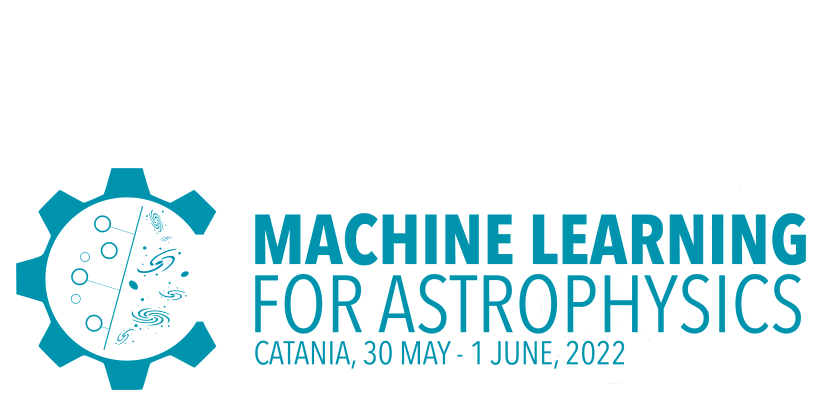Speaker
Description
Interferometric measurements of the 21cm signal with the Square Kilometre Array are a prime example of the data-driven era in astronomy and astrophysics we are entering with current and upcoming experiments. To optimally learn the Universe from low to high redshift I advocate for the use of multiple lines (multi-line intensity mapping) and complementary galaxy survey data, as well as the development of well-tailored modern machine learning techniques to increase information content inferred and its robustness. Tomography of 21cm intensity maps targeted by SKA-LOW will teach about source properties, IGM state and cosmology during the epoch of reionisation, while imaging with SKA-MID can tell about HI galaxy properties at lower redshifts. In this talk I firstly showcase the use of deep networks that are tailored for the structure of tomographic 21cm light-cones of reionisation and cosmic dawn to directly infer e.g. dark matter and astrophysical properties jointly without an underlying Gaussian assumption. I compare different architectures and highlight how a comparably simple 3D network architecture (the 3D-21cmPIE-Net) that mirrors the data structure as the best-performing model. I present well-interpretable gradient-based saliency maps and discuss robustness against foregrounds and systematics via transfer learning. I discuss first findings on reliable error calibration on the way to a 3D Bayesian network. I complement these findings with a discussion of lower redshift results for the recent SKA Science Data Challenge 2, where hydrogen 21cm sources where to be detected and characterised in a large (TB), again 3D, cube. I will highlight my team’s lessons-learned on the use of machine learning methods for such data, where our networks performed especially well when asked to characterise flux and size of sources bright in 21cm.

